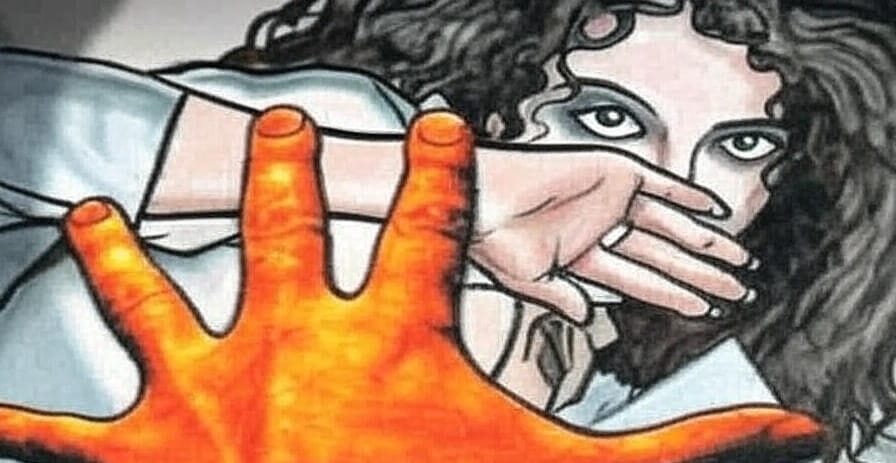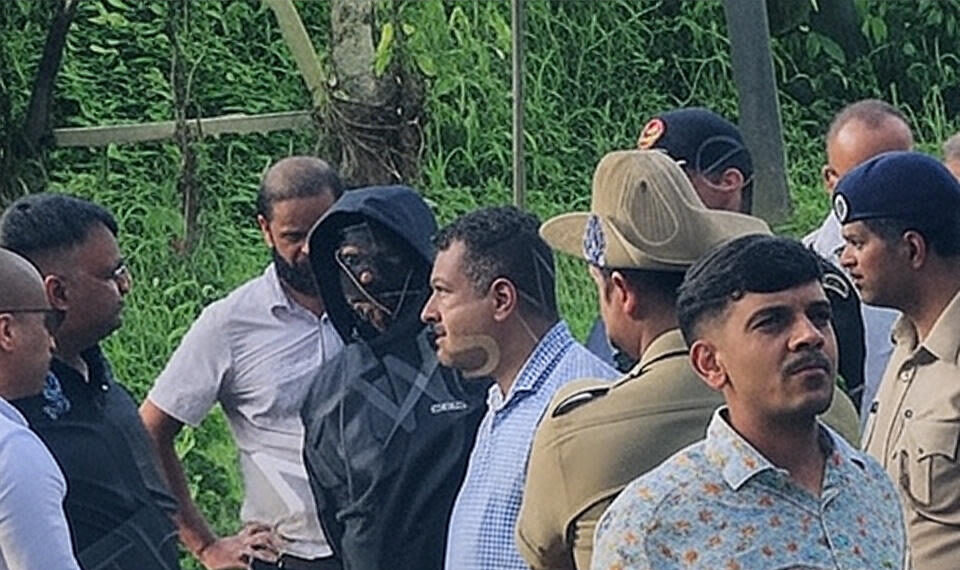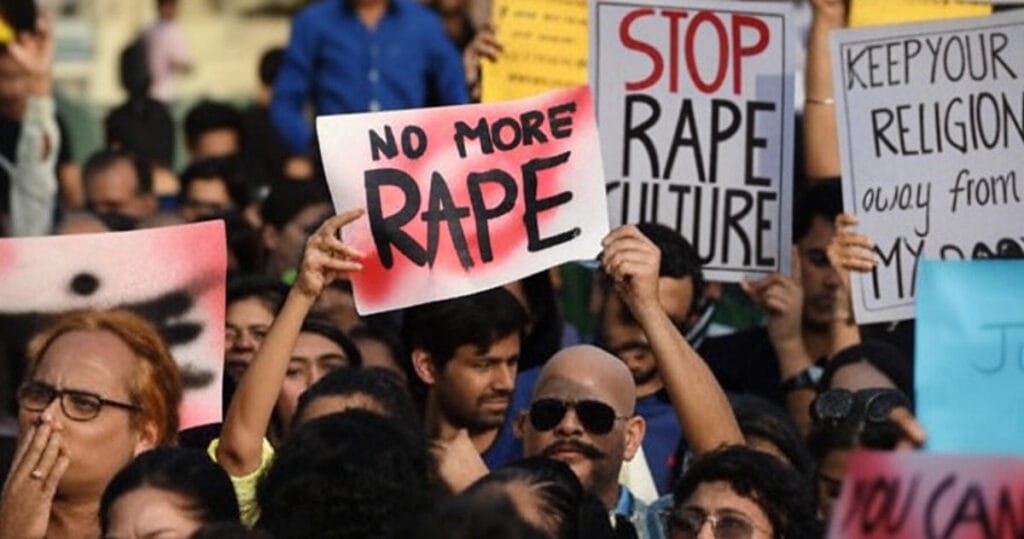
In July 2025, grave allegations surfaced in Dharmasthala, Mangaluru, Karnataka, when a former sanitation worker claimed he was coerced into burying over 100 bodies, including victims of rape and murder, at the Sri Manjunatha Swamy Temple. This shocking revelation, now under investigation by a Special Investigation Team (SIT), has sparked widespread concern about systemic oversight in a prominent temple town. As of August 24, 2025, the case continues to unfold, raising questions about justice, accountability, and institutional transparency. This blog examines the allegations, investigative developments, public response, and broader implications, optimized for search engine visibility with a focus on clarity and precision.
Background of the Allegations
Whistleblower’s Disturbing Claims
On July 3, 2025, C.S. Chinnaiah, a 48-year-old former sanitation worker, approached a Belthangady magistrate with a chilling account. He alleged that between 1995 and 2014, he was forced to bury over 100 bodies under threats from influential figures. His claims included burials of women and minors, many showing signs of sexual assault or strangulation, along the Netravathi River. Chinnaiah submitted photographs of skeletal remains from a revisited burial site, prompting immediate police action and public outcry over the potential cover-up of heinous crimes.
Dharmasthala’s Troubled Past
Dharmasthala, a revered pilgrimage site, has a history of unresolved cases that lend weight to these allegations. The 2003 disappearance of medical student Ananya Bhat and the 2012 rape and murder of a teenager, which sparked the “Justice for Sowjanya” movement, remain unresolved. The absence of a local police station until 2016 contributed to delays in past investigations, creating a backdrop of distrust and raising questions about systemic failures in addressing serious crimes in the region.
Investigation Developments

SIT Probe and Key Findings
On July 19, 2025, the Karnataka government constituted an SIT, led by DGP Pronab Mohanty, to investigate the allegations. By August 4, the team had excavated 11 of 13 identified burial sites, recovering a male skeleton and human bones, which were sent to the Forensic Science Laboratory for analysis. However, a significant development occurred on August 23, when Chinnaiah was arrested for perjury after forensic reports indicated that a submitted skull and bones belonged to a male, contradicting his claim of a female victim. He remains in SIT custody until September 3, casting uncertainty over the case’s credibility.
Challenges and Controversies
The investigation has encountered significant obstacles. Political accusations have emerged, with a round-table meeting on August 20 alleging that BJP leaders attempted to stall the probe and intimidate Chinnaiah. An injunction suppressing over 8,800 media items has raised concerns about transparency, while Belthangady police charged a lawyer and YouTubers for spreading misinformation, further complicating public discourse. These issues highlight the delicate balance between investigation integrity and public access to information.
Public and Political Response

Protests and Activism
The claims have caused protests to restart in Dharmasthala, similar to past efforts for fairness. Families of missing persons, including Ananya Bhat’s mother, Sujatha Bhat, initially linked her daughter’s 2003 disappearance to the case, though she later retracted her statement. Activists like Vasudeva Uchila and lawyer S. Balan have demanded an independent probe, citing unresolved cases dating back to 1979. These protests reflect deep public frustration with perceived institutional failures and a call for accountability.
Political Tensions
The case has fueled political controversy. BJP MLA Harish Poonja accused police of targeting BJP and Hindu activists, while temple head Veerendra Heggade dismissed the allegations as baseless. Karnataka Home Minister G. Parameshwara emphasized the need for caution pending forensic results, reflecting the government’s effort to manage tensions while addressing public demands for a thorough investigation. The political divide underscores the case’s sensitivity and its potential to influence public opinion.
Broader Implications
Systemic Issues
The Mangaluru temple case exposes systemic challenges in India’s criminal justice system. Delayed investigations, as seen in historical cases like Ananya Bhat’s, highlight gaps in law enforcement infrastructure. Allegations of suppression by influential figures point to power imbalances, particularly affecting marginalized communities. The arrest of Chinnaiah and media restrictions have further eroded public trust, emphasizing the need for transparent and independent probes to restore confidence in the system.
Societal Impact
This case amplifies India’s ongoing struggle with sexual violence, following high-profile incidents like the 2024 Kolkata doctor rape and murder. With 31,516 reported rape cases in 2022 and conviction rates stagnating at 27–28%, the Mangaluru allegations underscore the urgent need for judicial and societal reforms. The case’s focus on a religious institution adds complexity, raising questions about accountability in sacred spaces and the protection of vulnerable populations.
Conclusion
The Mangaluru temple case, with its grave allegations and ongoing SIT investigation, remains a pivotal moment for Karnataka.While Chinnaiah’s arrest has raised doubts, the recovery of human remains and Dharmasthala’s history of unresolved cases suggest deeper systemic issues.Transparent, independent investigations are essential to deliver justice and rebuild trust. For updates, refer to credible sources like BBC Urdu or The Hindu, as the case continues to shape India’s discourse on justice and accountability.
In July 2025, a former sanitation worker’s allegations of burying over 100 bodies, including rape and murder victims, at Sri Manjunatha Swamy Temple in Dharmasthala, Mangaluru, Karnataka, triggered a high-profile investigation. The case, which is now being investigated by a Special Investigation Team (SIT), has sparked concerns about the lack of proper supervision in a well–known temple town. This blog explores the allegations, investigation, public response, and implications as of August 24, 2025, optimized for search engine visibility.
Background of the Allegations
Whistleblower’s Shocking Claims
On July 3, 2025, C.S. Chinnaiah, a 48-year-old former sanitation worker, alleged he was coerced into burying over 100 bodies between 1995 and 2014 under threats from influential figures. His claims, filed before a Belthangady magistrate, include burials of women and minors showing signs of sexual assault, with photographic evidence of skeletal remains prompting police action.
Dharmasthala’s Troubled History
Dharmasthala, a revered temple town, has faced prior unresolved cases, such as the 2003 disappearance of medical student Ananya Bhat and the 2012 rape and murder of a teenager, fueling the “Justice for Sowjanya” movement. The absence of a local police station until 2016 delayed past investigations, adding context to the current allegations.
Investigation Developments
SIT Probe and Findings
On July 19, 2025, Karnataka formed an SIT under DGP Pronab Mohanty to investigate. The team excavated 11 of 13 burial sites by August 4, recovering a male skeleton and bones, now under forensic analysis. Chinnaiah’s arrest on August 23 for perjury, after forensic reports contradicted his claims about a female victim, has complicated the probe.
Investigative Challenges
The investigation faces hurdles, including political accusations of BJP interference, an injunction suppressing over 8,800 media items, and charges against individuals spreading misinformation, raising concerns about transparency and public trust.
Public and Political Response
Protests and Activism
The allegations have reignited protests in Dharmasthala, with families of missing persons and activists demanding an independent probe. Figures like Vasudeva Uchila and lawyer S. Balan highlight unresolved cases since 1979, seeking justice for victims like Ananya Bhat.
Political Controversy
The case has sparked debate, with BJP MLA Harish Poonja accusing police of targeting Hindu activists, while temple head Veerendra Heggade called the claims “baseless.” Home Minister G. Parameshwara urged caution pending forensic results, reflecting government efforts to manage tensions.
Broader Implications
Systemic Failures
The case exposes systemic issues:
- Delayed investigations, as seen in historical cases.
- Power dynamics potentially suppressing marginalized voices.
- Low public trust due to media restrictions and Chinnaiah’s arrest.
Societal Impact
This case amplifies India’s ongoing struggle with sexual violence, following incidents like the 2024 Kolkata doctor rape case. With 31,516 reported rape cases in 2022 and conviction rates at 27–28%, it underscores the need for judicial and societal reforms to address gender-based violence.
Conclusion
The Mangaluru temple case, with its grave allegations and ongoing SIT probe, highlights systemic challenges in India’s justice system. While Chinnaiah’s arrest raises doubts, recovered remains and historical cases suggest deeper issues requiring scrutiny. Transparent investigations are crucial to restore trust and deliver justice. For updates, consult reliable sources like BBC Urdu or The Hindu.








Interesting analysis! Seeing platforms like ph799 link really push innovation in the Philippines market-especially with localized payment options. Will be curious to see how legit platforms evolve esports betting!